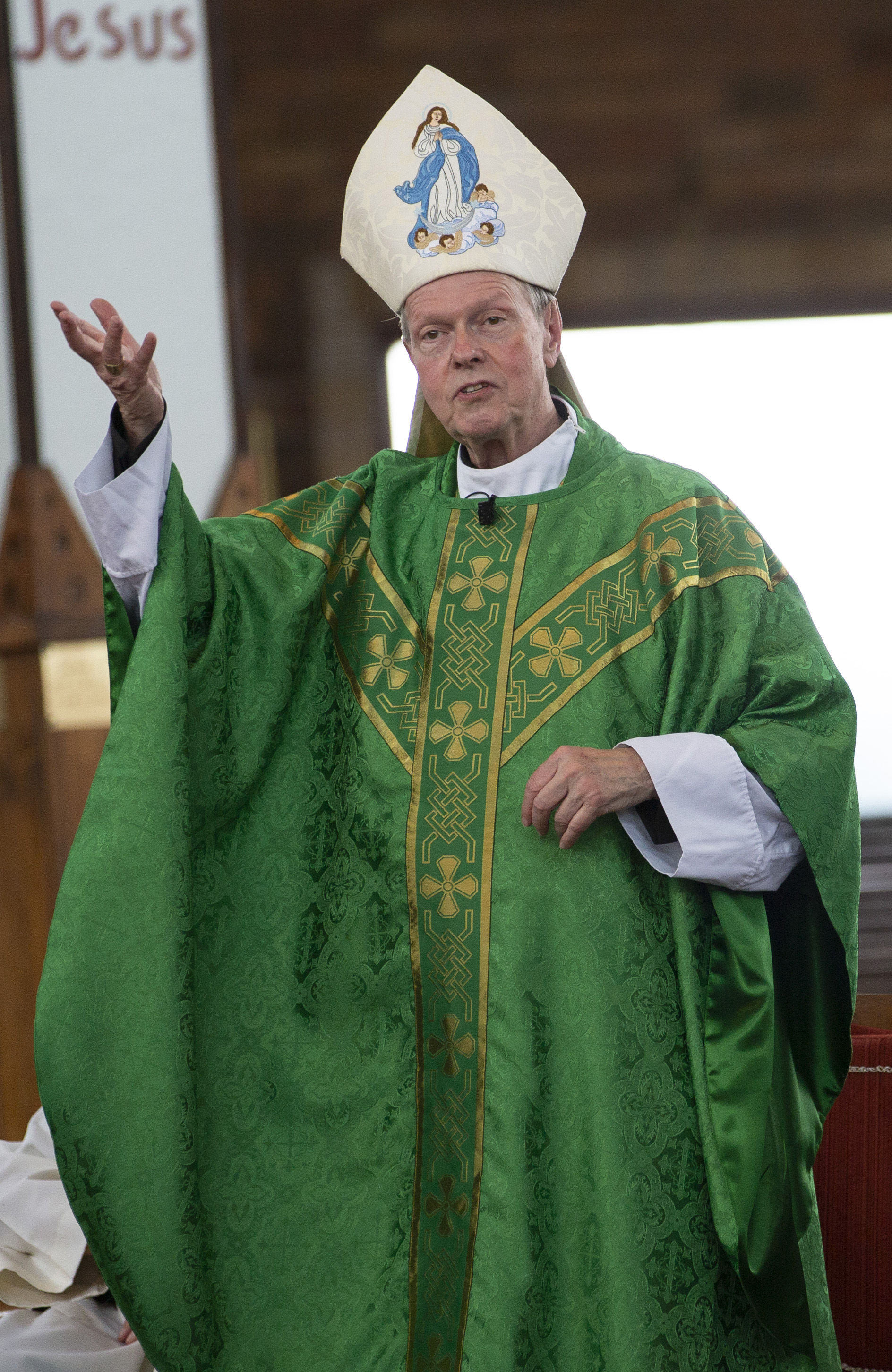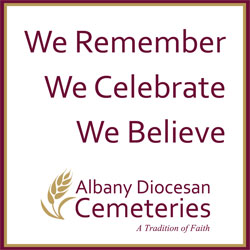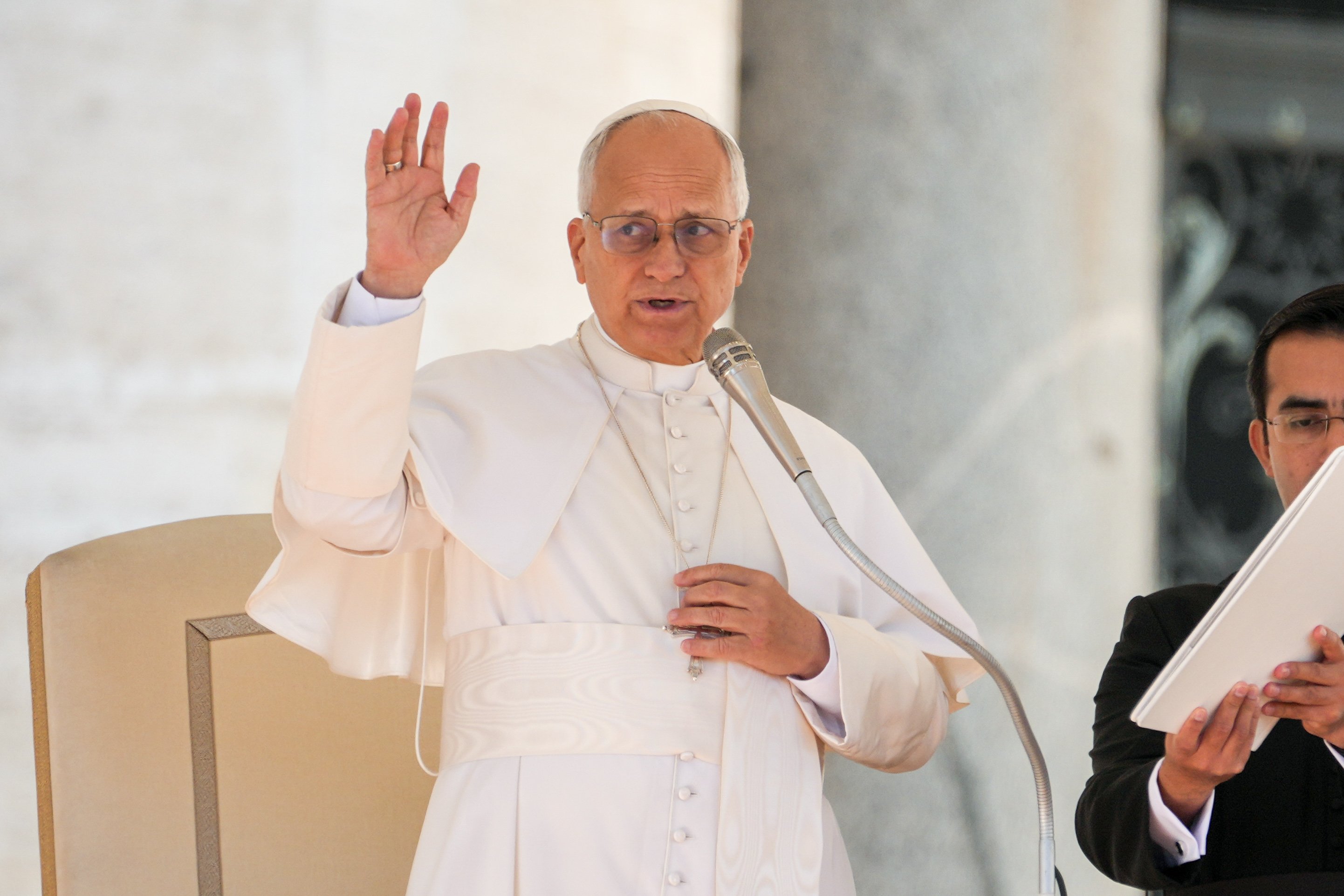April 6, 2018 at 1:53 p.m.
LENTEN REFLECTION, PART II
A guide to reconciliation
Hopefully, we also saw how life-giving the sacrament can be. As the recent synod of bishops concluded, "[It] is the privileged place to receive God's mercy and forgiveness...it is a place for both personal and communal healing."
We might still have many questions: for example, how did the sacrament that we know today come into being? Why do we celebrate it the way we do?
The sacrament of reconciliation has taken a number of forms over the centuries, but it has always had the same basic core. It continues Jesus' ministry of reconciliation; it is a real and living celebration of God's love and mercy. There are, of course, many ways to experience this love and mercy, but the sacrament is a privileged and unique way of doing this.
This experience is also something of a journey or process, and the sacrament has always reflected this in its structure. In fact, our human way of experiencing reconciliation is, in many ways, mirrored in our experience of reconciliation with God, the Church and ourselves and in the structure of how we celebrate the sacrament.
We move from reflecting on our words and actions (the examination of conscience) to naming what needs healing (confession). Then we show our sorrow and resolve to amend our life and to show some token of this (contrition and penance) and we receive forgiveness and healing (absolution).
Another core element of the sacrament is that it reflects the truth that no sin is ever just private or individual. We are, of course, aware of what we often call social or structural sin (social inequalities and injustices, the exploitation of one country by another, unjust laws and so on), but any sin is always relational and affects others.
Faults, failings, sins affect me, but also those around me, including my sisters and brothers in the Church, and they damage my relationship with God. They are like ripples flowing out when a stone is dropped in a pond.
If this is true of the sin or offense itself, then it is also true for the remedy and the process of reconciliation that is needed. A relational or communal form is needed. Reconciliation is not just a private matter between me and God.
There have been several forms of how the sacrament has been celebrated in the Church over the centuries, but always reflecting these key elements. In the ancient Church, something called "canonical penance" was practiced for serious offenses. It was rather like the RCIA process through which people join the Church: The penitent would enter "the order of penitents" for a period of time (up to five years in some cases) and he or she would be absolved and received back into the Church by the bishop, often on a special day such as Holy Thursday. This form could only be celebrated once and was often called a "second baptism."
In some areas, especially in northern Europe, another practice developed that then spread to the whole Church. It is the form we are familiar with today. People would celebrate the sacrament frequently by going to a priest (a "confessor") and confessing their sins.
They would be given a penance or task to be done as a sign of sorrow or contrition and to show some sort of amends for what they had done. (Incidentally, some of these penances could be quite severe and the priest had a book of tariffs to match particular penances with particular sins.) The person would then be absolved by the priest.
In our Rite of Penance, we have three forms of the sacrament:
• Rite One is the usual process of going to a priest for individual confession and absolution.
• Rite Two is often used during Advent or Lent where we first have a communal celebration with readings, reflections and an examination of conscience, followed by people going to a priest for individual confession and absolution.
• Rite Three (often called "general absolution") is to be used in very particular and specific situations. In this rite, there is no full individual confession or absolution, but the priest gives a general absolution, sometimes after some form of communal liturgy.
A development for this Year of Faith, encouraged by the U.S. bishops (including Bishop Howard J. Hubbard in the Albany Diocese), is called "The Light is On for You." In this, there may be no formal liturgy, but one or several priests are available for an extended period of time in a given place to celebrate individual confession and absolution (as in Rite One) for anyone who wishes to come along.
These celebrations of the sacrament are often organized on a deanery basis and many are planned for this Lent; keep an eye on your parish bulletin for details. With so many opportunities, let us make use of this great sacrament of God's love and mercy.
(Father Barratt is pastor of St. Ambrose parish in Latham.)[[In-content Ad]]
SOCIAL MEDIA
OSV NEWS
- Supreme Court sides with Trump administration to temporarily block full funding for SNAP
- Former diocesan fundraising director indicted on wire fraud for alleged 6-figure theft
- Love is key to church’s mental health ministry, says bishop who lost family to suicide
- Caring for creation is part of peacemaking, pope tells COP30
- Security for Syria’s religious minorities is disastrous, say religious freedom advocates
- New ‘Nuremberg’ thriller examines capacity of ordinary men to commit extraordinary evil
- A pastoral reflection on voting rights and the call to justice
- Texas bishops: Court’s order on DACA ‘undermines’ right to work, support a family
- Pope Leo XIV urges Catholic technologists to spread the Gospel with AI
- Ohio bishop ends funeral visitations in churches, citing liturgical directives







Comments:
You must login to comment.